How To Make Coco Peat: 7 Step Guide [2022]
Curious about how to make coco peat?
More often than not, environmentally-conscious gardeners are looking to use inexpensive and natural ways to achieve massive plant health and growth. If this is you, you might want to learn how to make coco peat for use as a DIY natural plant fertilizer.
Store-bought fertilizers may do the trick but could lead to soil contamination issues due to the high amounts of harsh chemicals found in many manufactured fertilizers.
That’s where natural fertilizers come in: soil additives like coco peat can help plants become healthy and strong through the growing season. Read on for all the details on how to make coco peat and use other natural fertilizers for your garden!
At a glance, I will be taking you the following details:
- How to make coco peat
- Reasons to use coco peat
- How exactly you can use coco peat
- Coco peat alternatives
We’re also going to look at some questions that often arise when using coco peat and I will address all of your concerns!
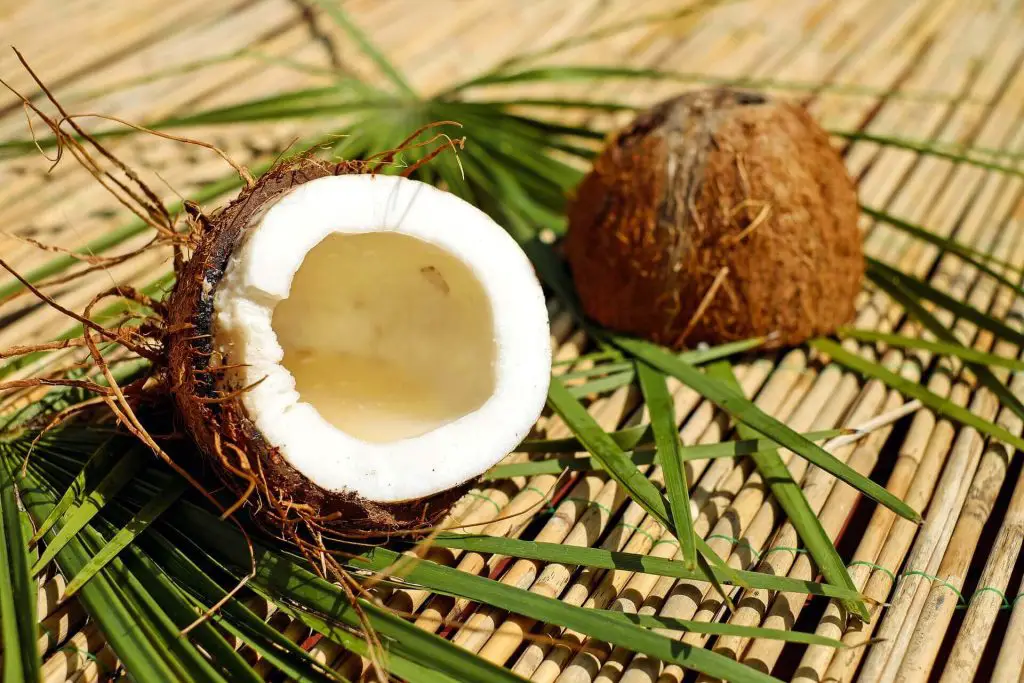
Affiliate Link Disclosure
This article contains some affiliate links which means that I may earn a small commission when you click on them, at no additional cost to you. I do hope you find the information in this article helpful!
Related Posts
- 7 Benefits Of Mushroom Compost: All The Important Info!
- Does A Compost Bin Smell? And How To Get Rid Of It
- Is Horse Manure Good Fertilizer For Grass?
How To Make Coco Peat At Home?
Absolutely! If you want to add vitality to your houseplant soil and improve the health of your indoor plants, you can use coco peat inside the home.
Read on to learn how to make coco peat at home; there isn’t much work required. All you need is a bit of time and a few materials you can easily find around the house.
1. Materials Required
- Coconut(s)
- Water
- Blender
2. Preparation Process
Step 1: Gather the coconut(s) you will be using and use pliers to remove the pith from the outside of the coconut husk. You may also use your hands, but pliers help you grab the stubborn, thicker fibers.
Step 2: Use your fingers to break up the large pieces of coconut pith into smaller pieces to fit into the blender. If you can’t use your hands to do this, use a pair of scissors.
Step 3: Blend coconut pith into fine powder. If you don’t want your powder to be very fine, blend until your desired texture.
Step 4: Remove the blended product from the blender and sieve the contents over your large bowl. Remove large chunks from the sieve, this coco peat compost can be added to soil later.
Step 5: Rinse the powder with water to remove excess salt. Allow it to dry for at least a day in the sun.
Step 6: At this point, your natural compost is ready for immediate use to be added to your plant soil or used on its own!
If you want to store the product for later, follow these additional steps after Step 5:
Step 6: Add water to coconut coir and mix until you get a thick slurry.
Step 7: Pour coconut coir and water mixture into a storage container. Cover with parchment paper and compress it using either your hands or a heavy object into whichever shape you want.
At this point, you should have a coco peat block to be stored for future use. Let dry before you put the brick into a sealed storage container.
Knowing how to use coco peat bricks is also important for large potting or planting in your garden.
- First, break it into smaller chunks if desired.
- Then, soak it in a few gallons of water for a minimum of two hours. This will rehydrate the coconut coir.
- Drain all the excess water out until it turns into a light and fluffy consistency and it is ready to be used!
What Is Coco Peat?
Coco peat, also known as coir peat or coconut coir. It is essentially soil made from the pith of coconuts. It’s made of the brown, hair-like fibers found on the outside of the shell of the coconut.
If you’ve ever wondered the difference between coco coir vs. coco peat, there’s none – they’re the same thing!

Reasons To Use Coco Peat
Have you noticed your indoor or outdoor plants just not looking as vibrant or healthy as before? Maybe your houseplant isn’t growing new leaves as quickly as it used to or your vegetable garden is looking droopy or wilted.
If so, it might be a good time to think about using fertilizer for your plants, and you may be surprised to find out that you can make a natural plant fertilizer from a piece of produce you may have in your home or grow in your backyard – coconut.
Read on to find out about some reasons you may want to try out this natural fiber!
1. Improved Water Retention
Coco peat is light and fluffy, allowing it to be highly porous. As a result, it can retain many times the amount of moisture as other garden soil. It’s ideal to use it for plants that are susceptible to drying out quickly.
2. Improved Soil Porosity
This peat is high in porosity, it is a great friend to plant roots. Mixing some in with your regular soil will help ensure healthy root development. You can even grow plants completely in coco peat, including hydroponics.
3. Enhanced Productivity
Enhanced plant productivity is what every gardener could wish for, which means growth boosts for flowering and fruiting houseplants and garden varieties.
When water retention and soil composition are at their maximum with the addition of mediums like coco peat, you will see a difference in the look of your plants.
4. Reduced Risk Of Root Diseases
If the roots of your plants are waterlogged or don’t have enough air or room to spread out, the risk of your plant developing a disease or rotting increases. This medium helps oxygenate your plant’s roots.
When potting soil has good drainage, air can also get to your plant’s roots and allow them to become strong. Coco peat is resistant to bacterial and fungal growth.
5. Sustainable
This medium is natural and organic, and thus, is biodegradable. It improves water retention and porosity of the growing medium, makes the soil fluffy and light, enhances productivity, and reduces root diseases.
You won’t have to worry about having any harmful chemicals in the food produced from your vegetable garden when you use this natural fiber.
6. Nutrient-Rich
Coco peat is full of nutrients that are useful for plants like potassium, magnesium, phosphorus, zinc, and nitrogen. In addition, it has an ideal pH of between 5.2-6.8, which is slightly acidic to neutral and very good for plant growth.
7. Long Lasting
Coco peat will last you up to ten years before it begins to break down. This means it can store nutrients for plants over long periods of time. It’s a long-term solution to potting or gardening.
You can even reuse it for up to four years! If you wish to reuse it after it’s been potted, just remove the original plant, rinse it and it’s ready to be used again.
8. Versatile
Coco peat can be used on its own or combined with any of the usual ingredients or gardening mediums like soil, manure, peat moss, pine needles or compost to be used as a mixture.
It also does not produce mud-like soil and is uniform in texture to provide a consistent potting medium.
9. Great For Young Plants
Seedlings and stem cuttings need special and careful attention to sprout or develop healthy roots. As such, coco peat is an amazing sowing and rooting medium for seedlings and stem cuttings you wish to propagate.
Additionally, it is easy to handle and has no odor.
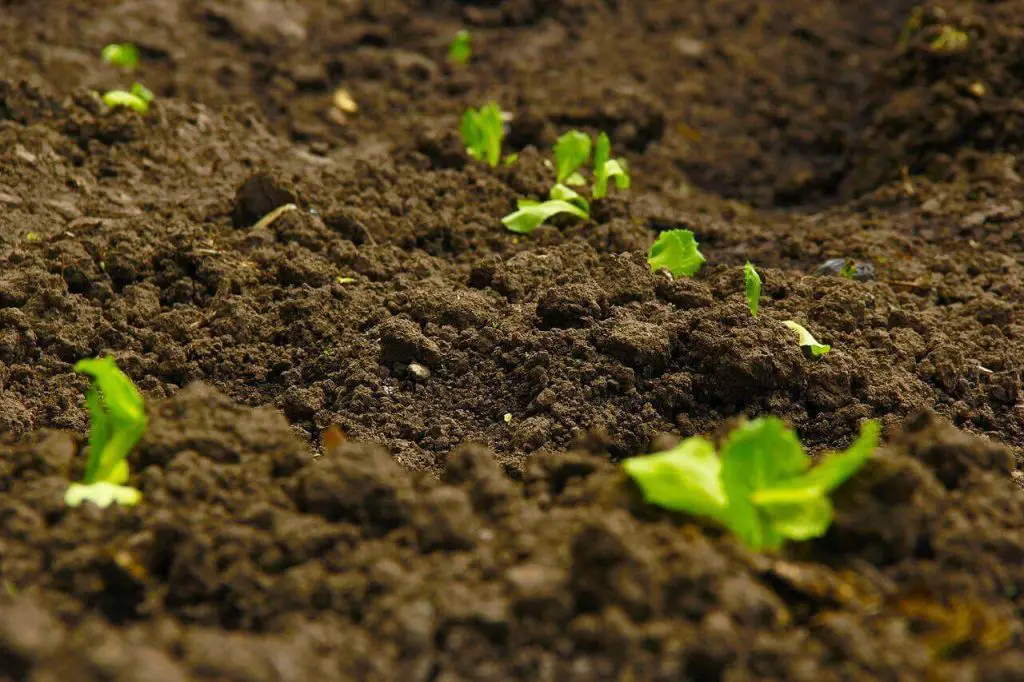
How To Use Coco Peat
How to use coco peat is just as simple as how it is made at home.
To use the powder form of coco peat, or coco soil, simply mix the coconut coir with high-quality potting soil when you’re repotting plants or starting new seedlings.
Gardeners recommend an equal mixture of coco peat to potting soil if you don’t know the ideal soil mixture for your plants.
If you choose to use coco peat as a potting medium, make sure you also use fertilizer to maintain vibrancy and productivity in your garden as coco peat is even more effective with added nutrients.
You can use coco peat for plants such as:
- Succulents
- Vegetable beds
- Flowers
- Cacti
- Hanging baskets
- Terrariums
- Hydroponics
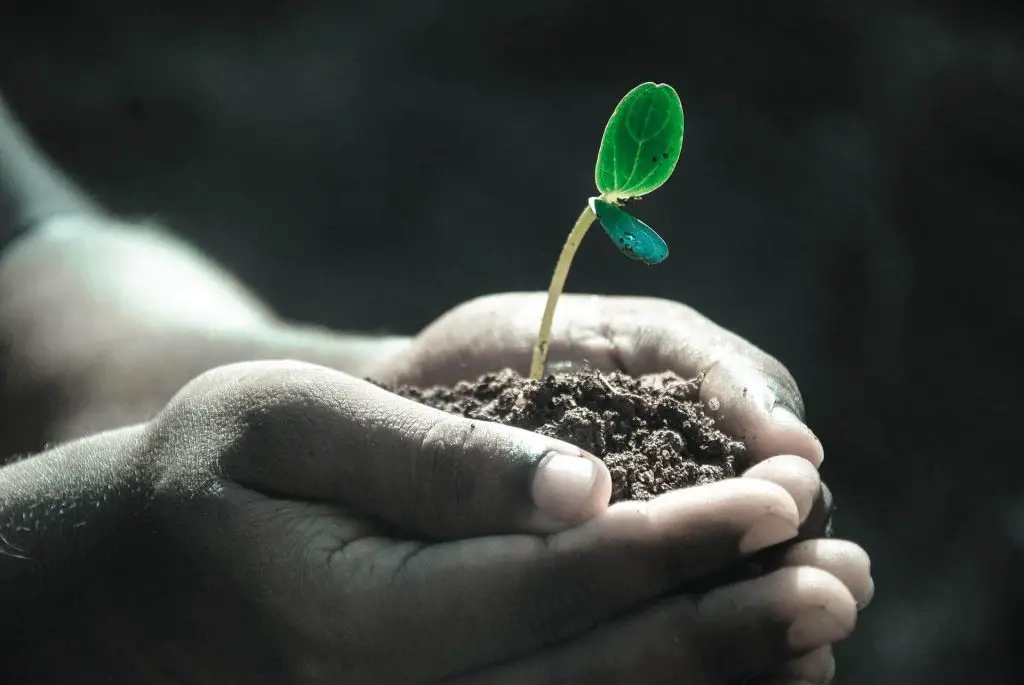
Coco Peat Alternatives
1. Peat Moss
Peat moss is a great choice for acid-loving plants. It can hold up to 20 times its dry weight in the water, making it great for moisture retention.
Although it is natural peat moss isn’t as environmentally friendly as coir because the growing and harvesting processes for the medium are harsh on our planet.
Peatlands store a large amount of the world’s soil carbon and when peat moss is harvested, the harmful carbon gasses are released back into the environment.
Peat moss also grows very slowly and is being used at a rate faster that is sustainable for long-term environmental stability.
2. Pine Needles
Pine needles are a great topper or mulch for trees and plants. They may not retain much moisture, but they won’t blow away in the wind or alter the pH level of your plant soil.
3. Rice Hulls
Rice hulls are the “skin” of rice grains that are typically discarded but can be used as a soil additive. They have a neutral pH, can be used to fend off weeds, and act as a mulch.
4. Compost
Did you know eggshells and orange peels can be added directly to your garden soil to boost the health of your plants? In many cases, compost is a great soil additive for indoor and outdoor plants.
To create your own compost, you’ll need to collect your food scraps, but compost can also be purchased from your local home goods store. To make a compost, simply combine coco peat or coco coir with regular compost and potting soil.
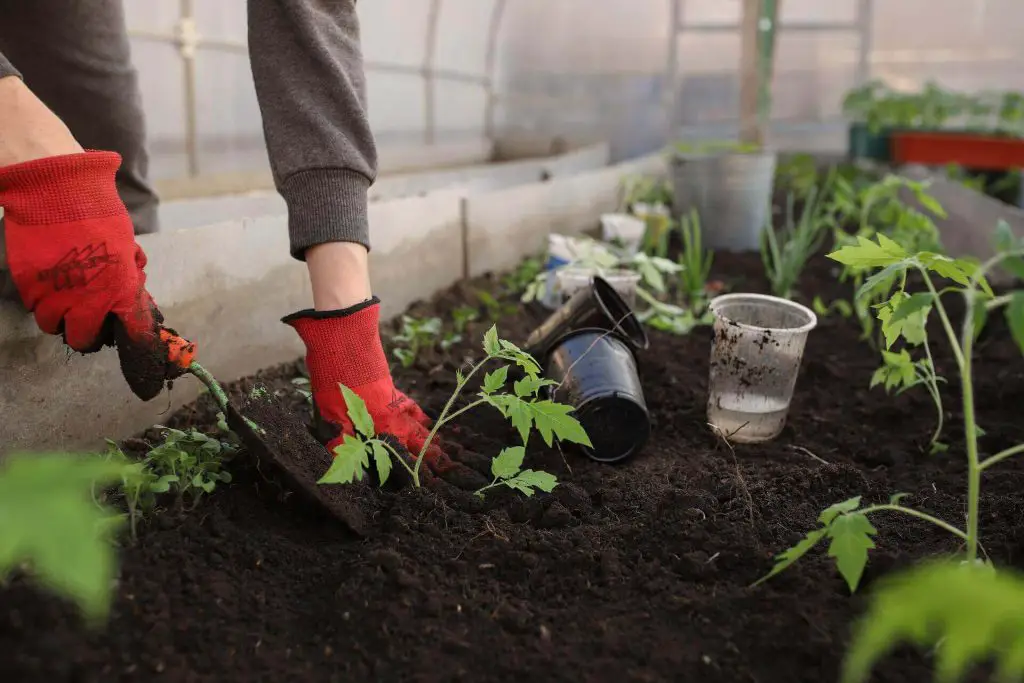
FAQS
Can I Make My Own Coco Peat?
The answer is yes! If you need it and don’t wish to buy it from a store, you can make it at home with just a few coconuts and a blender or scissors. Learning how to prepare coco peat at home can be economically wise as you can save the money you’d spend buying it at your local garden store.
How Do You Make Coco Peat?
To make coco peat, separate the pith of a few coconuts, blend, rinse and then mix into your potting soil. Grinding the whole coconut in a commercial grinder is how you can make coco peat from green coconut. For full instructions on how to make coco peat from coconut pith, check out the complete step-by-step process above!
What Can Be Used Instead Of Coco Peat?
There are many products to use, including potting soil, peat moss, pine needles, and other natural potting mediums. Check out the Alternatives section of the article for more details.
How Do You Make Coco Soil?
To make coco soil, simply grind large chunks of coconut pith into a fine powder. This loose, fine fiber is often referred to as coco soil.
Conclusion
As this natural fiber contains many beneficial nutrients and a high capacity to retain water, it is a game-changer in caring for your cherished garden or houseplants.
There are truly no disadvantages!
I hope you’ve learned helpful information on how to make coco peat for your next plant project.
If you decide to try this fertilization technique out, come back and let me know how it worked out for you in the comment section below!
Related Posts
- Permaculture Gardening for Beginners – How to Get Started
- How to Start Your Own Permaculture Vegetable Garden
- The Essential Guide to Permaculture Animals
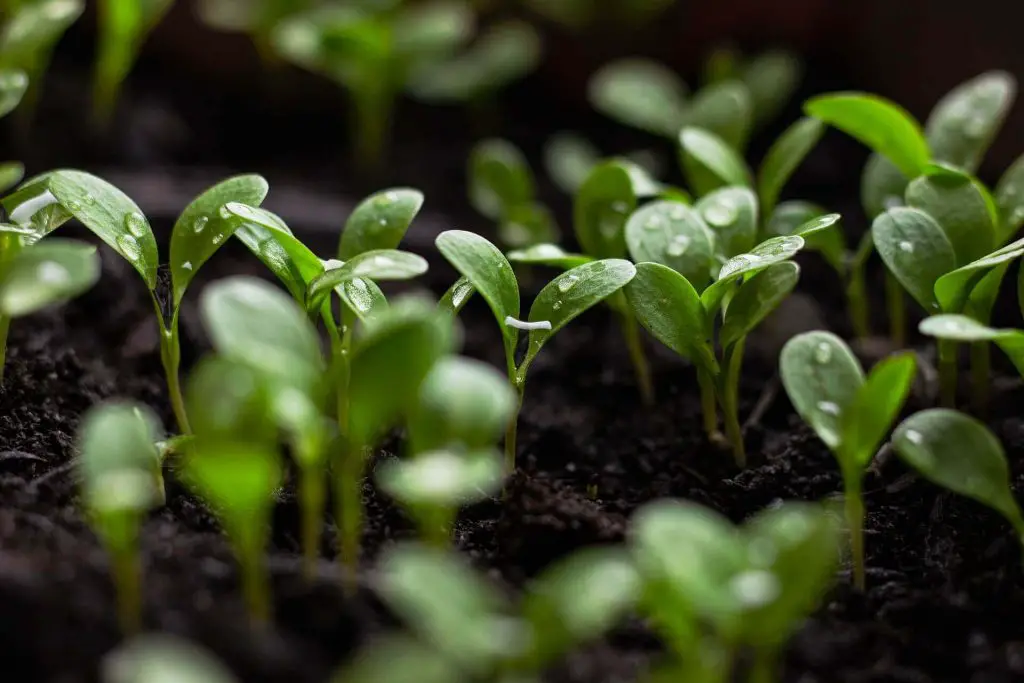









![11 Best Companion Plants For Oregano & What To Avoid! [2023]](https://aboveandbeyondgardening.com/wp-content/uploads/2022/11/companion-plants-for-oregano-768x512.jpg)
![Companion Planting For Chamomile: 9 Plants [2023]](https://aboveandbeyondgardening.com/wp-content/uploads/2022/11/companion-planting-chamomile-768x512.jpg)

![How To Keep Foxes Away From Chickens [Practical Solutions!]](https://aboveandbeyondgardening.com/wp-content/uploads/2021/10/How-To-Keep-Foxes-Away-From-Chickens--768x511.jpg)
![How Often Should You Water Basil [+Growing Tips]](https://aboveandbeyondgardening.com/wp-content/uploads/2021/10/How-Often-Should-You-Water-Basil-768x512.jpg)

